Script
(P=Part; S=Scene)
INTRO
0:00 – 0:04 (blank)
0:04 – 0:09 S1: Exchange Square/Cloudy Sky
0:09 – 0:13 S2: Tram track
0:13 – 0:17 S3: Walking pigeon/Footbridge: Central Market – Queen’s Road Central
0:17 – 0:21 S4: Central Post Office/Pedder Street
0:21 – 0:26 S5: IFC Mall/Exchange Square podium
_____________ S5.1: [on-screen text]: CENTRAL (title)
_____________ S5.2: [on-screen text]: CENTRAL (with a line symbolizing footbridge)
_____________ S5.3: [on-screen text]: CENTRAL + [graphic]: Layout of Central Elevated Walkway System
P1 (music flow)
0:27 – 0:32 S6: Escalator system: Shelley Street (static)
0:32 – 0:36 S7: [static] Pedder Street – Connaught Road Central
0:36 – 0:44 S8: [static] Pedder Street
P2 (music flow)
0:44 – 0:52 S9: [static] Pedder Street – Des Voeux Road Central
0:52 – 0:57 S10: [static] Escalator system: Cochrane Street
0:57 – 1:00 S11: [static] Footbridge: Hang Seng Bank Headquarters – Des Voeux Road Central
P3 (music flow)
1:00 – 1:03 S12: [dynamic] Central Market
1:03 – 1:05 S13: [static] Footbridge: Central Ferry Pier – Man Yiu Street
1:05 – 1:07 S14: [dynamic] Footbridge: Jardine House
1:07 – 1:09 S15: [static] Footbridge: Connaught Road Central (west)
1:09 – 1:11 S16: [dynamic] Footbridge: Hang Seng Bank Headquarters – Connaught Road Central – IFC 1
1:11 – 1:15 S17: [static] Footbridge: Connaught Road Central (east)
P4 (music flow)
1:15 – 1:19 S18: [dynamic] Escalator system: Cochrane Street
1:19 – 1:23 S19: [static] Footbridge: 100QRC
1:23 – 1:31 S11: [dynamic] Footbridge: Connaught Road Central (west)
1:31 – 1:44 S12: [static] Footbridge: Southeast Asian housemaid sitting – Hang Seng Bank Headquarters – Des Voeux Road Central
ENDING
1:44 – 1:47 (blank)
1:47 – 1:54 S13: [static] Escalator system: Cochrane Street
1:54 – 2:02 S14: [static] Footbridge: Exchange Square – Connaught Road Central
2:02 – 2:11 S15: [static] Footbridge: Charter House – Alexandra House
2:11 – 2:19 S16: [dynamic/focus] Footbridge: Pigeon – Central Market – Queen’s Road Central
2:19 – 2:20 (blank)
2:20 – 2:23 S17: [dynamic/focus] Pigeon take-off – Central Market – Queen’s Road Central
CREDIT
2:23 – 2:25 [on-screen text]: CENTRAL (title)
2:25 – 2:27 (blank)
2:27 – 2:33 [on-screen text]: PRODUCER/DIRECTOR/EDITOR …. ; MUSIC …. ; REFERENCE ….
2:33 – 2:36 (blank)
Video stills
Music
“The Directories” & “Spotlight” by Howard Shore, official soundtrack from Spotlight (2016).
Reference
CNN Travel. (2017, September 14). See hilly Hong Kong on escalator that sets records. https://edition.cnn.com/travel/article/hong-kong-worlds-longest-escalator-system/index.html
Solomon, J., Wong, C., & Frampton, A. (2012). Cities without Ground. ORO Editions.
The Guardian. (2014, April 8). Crazy commutes: 10 of the weirdest forms of urban transport – in pictures. https://www.theguardian.com/cities/gallery/2014/apr/08/crazy-commutes-10-weirdest-urban-transport-in-pictures
Hui Chun Yin, Edison
UID: 3035713981
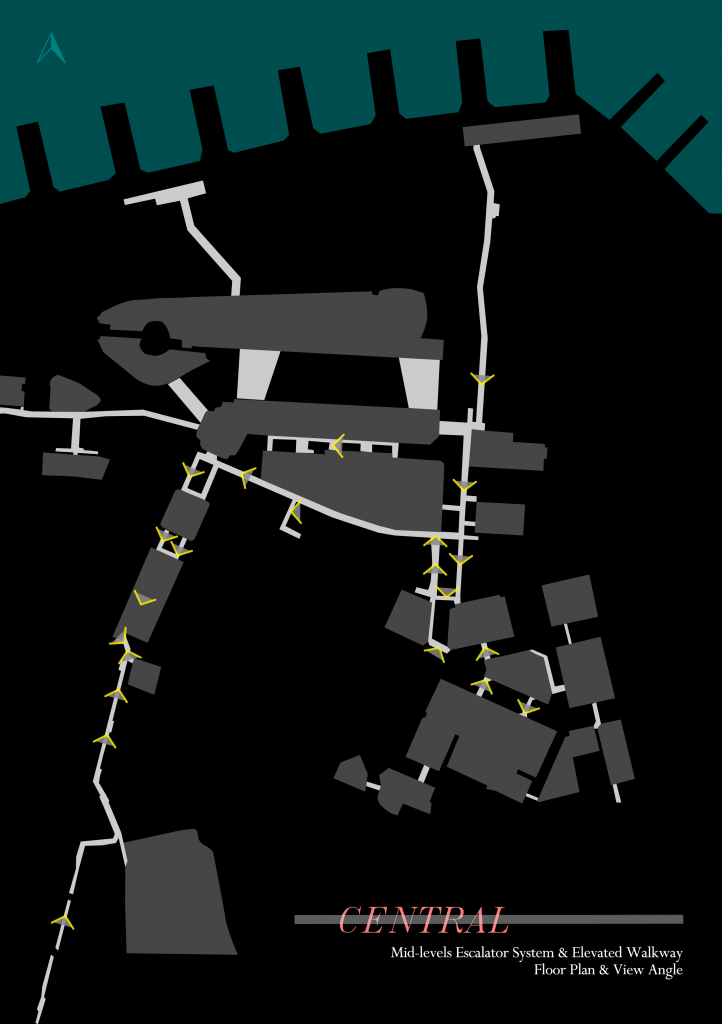
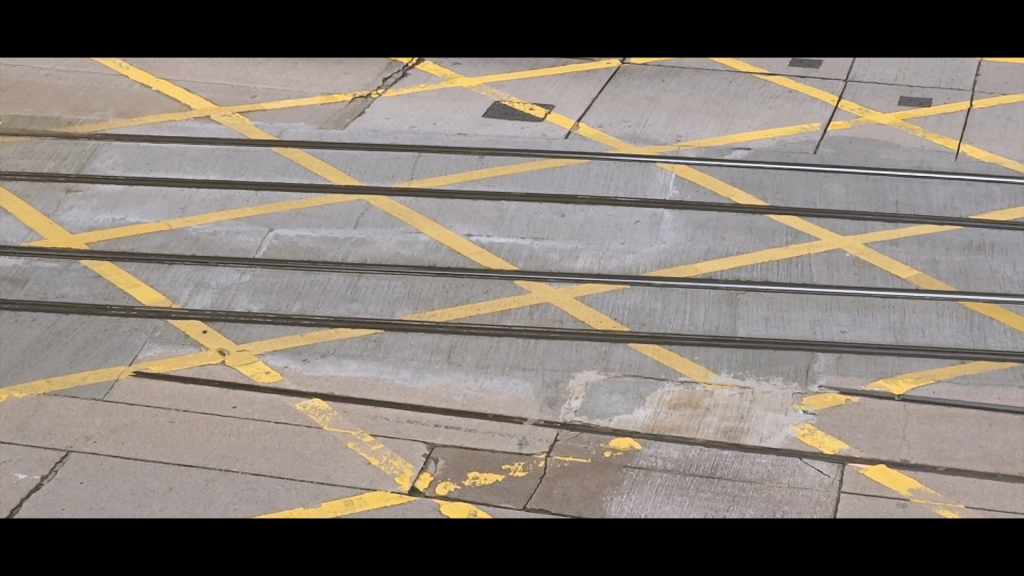
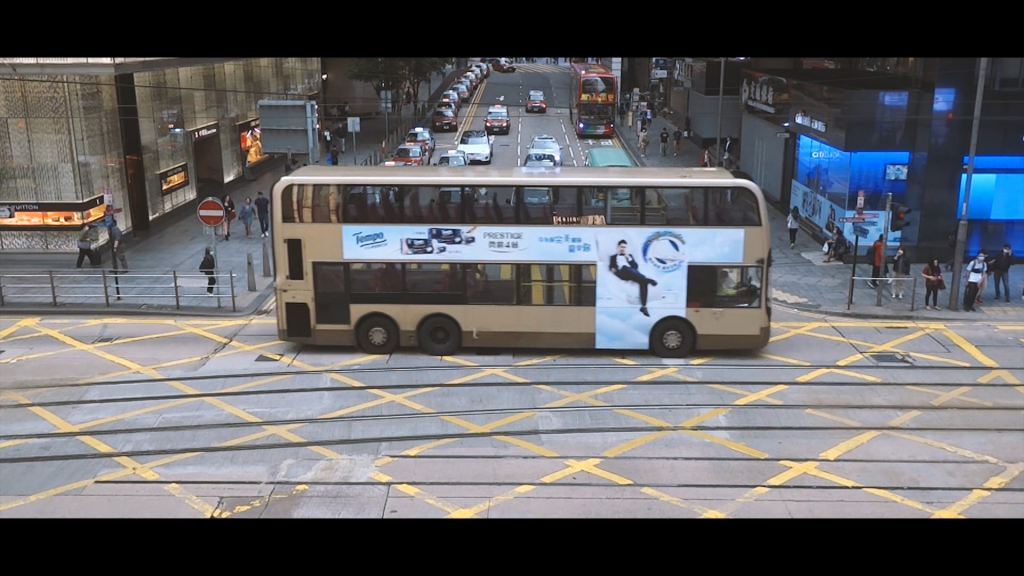
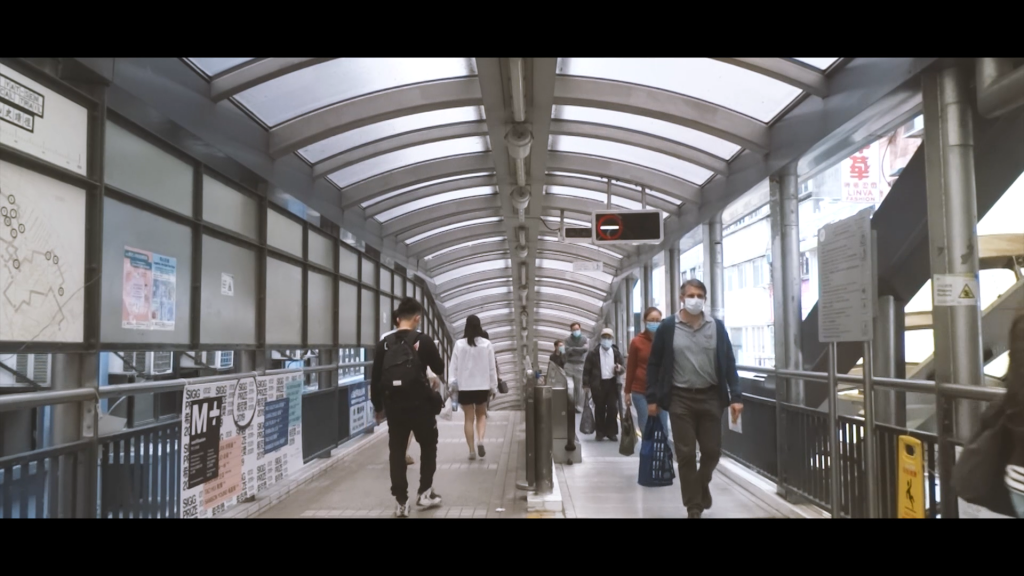


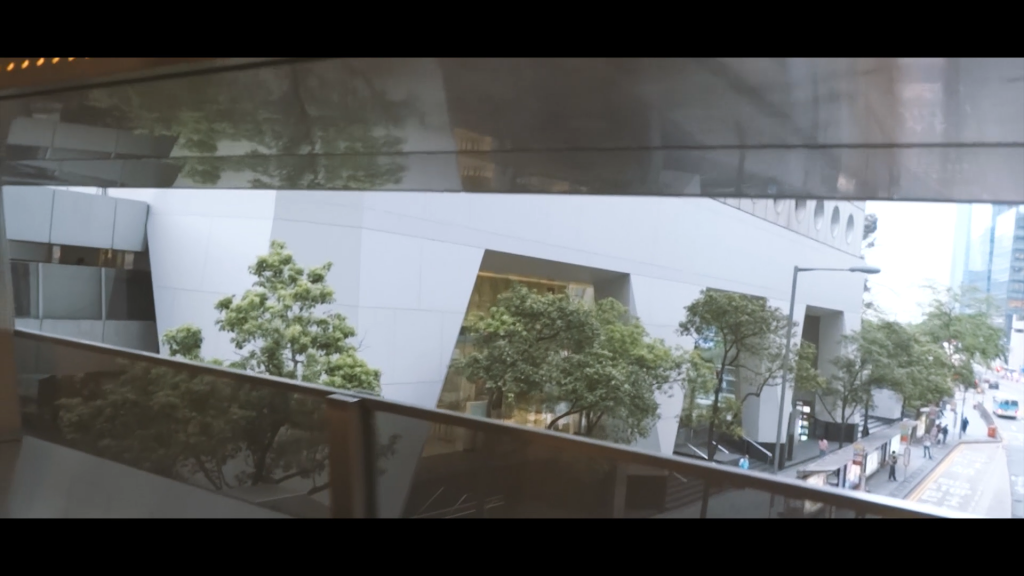
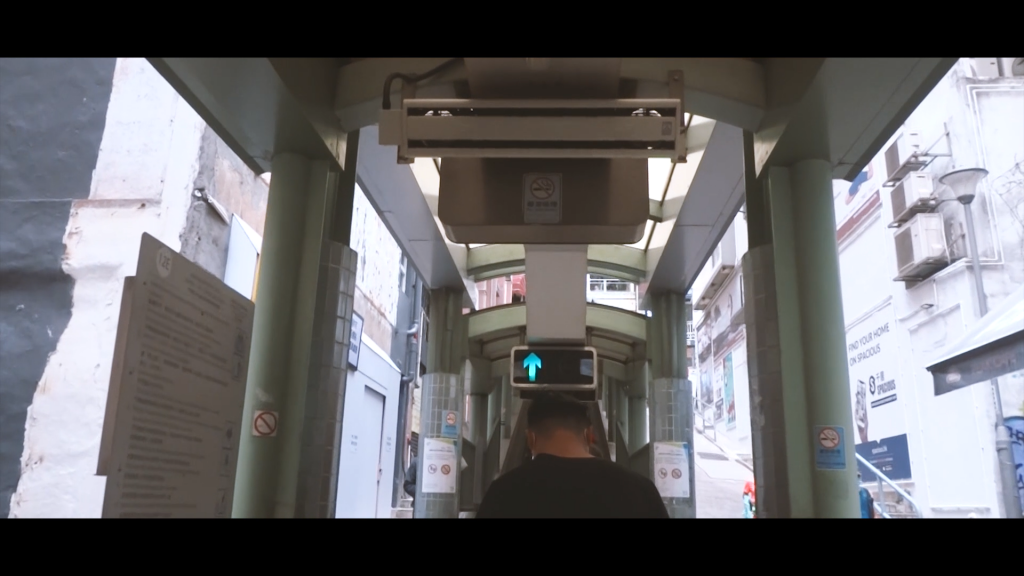
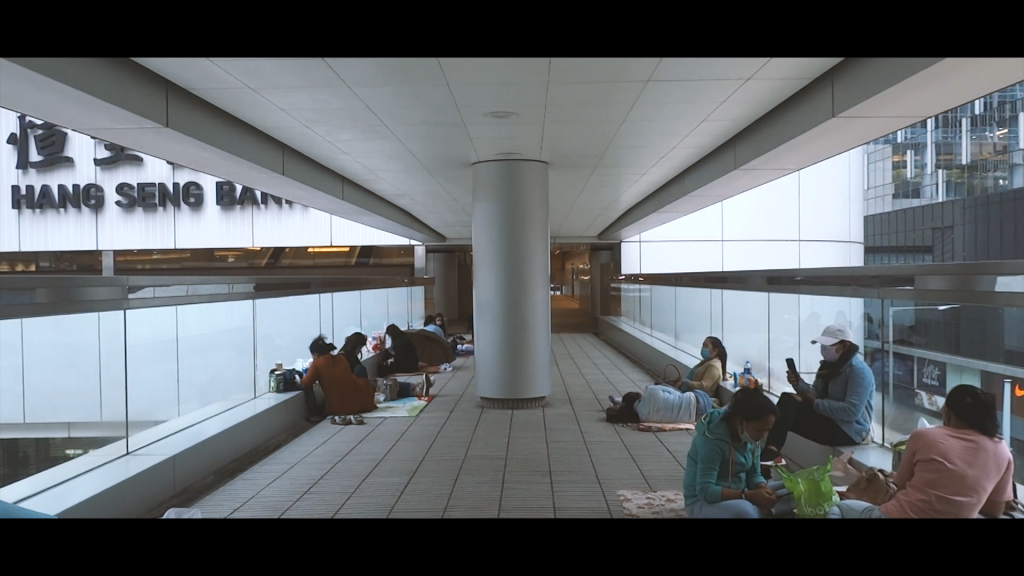
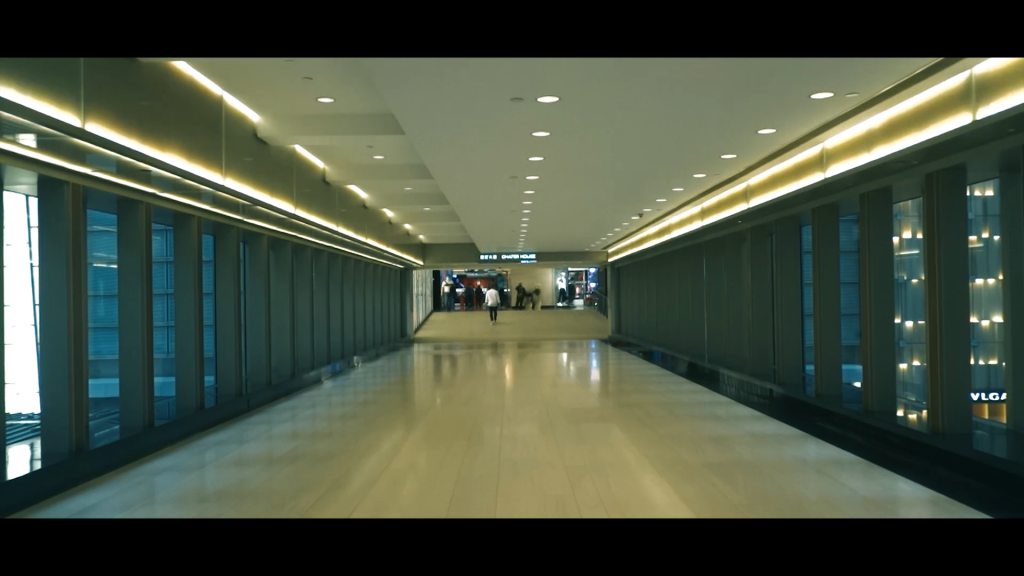
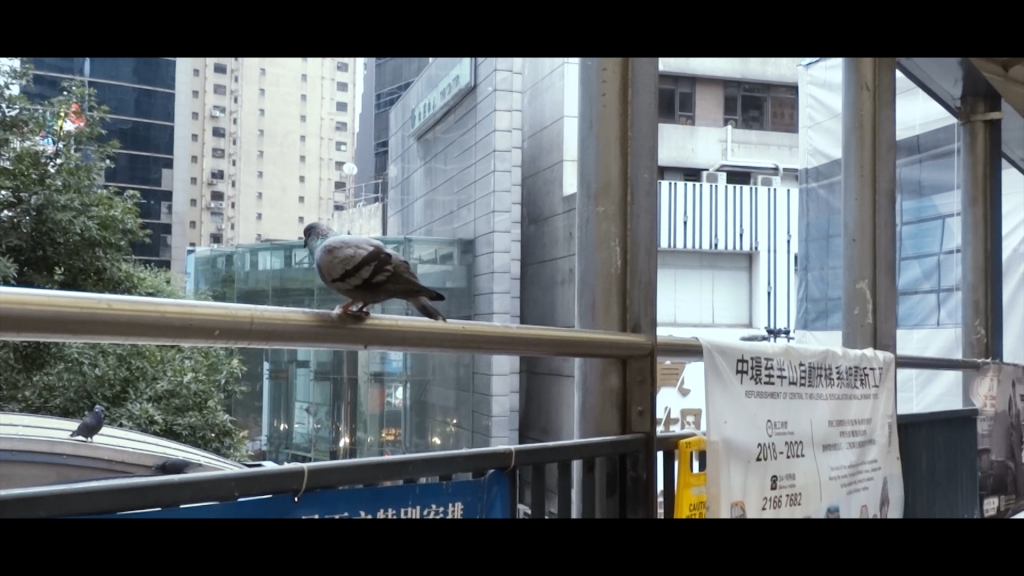
VISUAL DESIGN: I love the visual design of your video! There are a lot of beautiful still and moving images, and Central is certainly a fascinating place to film.
The film looks good! I like the way you document different people in central through the bridges, I always feel like being on the bridge can see more at the same time you may focus on the pedestrians better as there are no traffic disturbances. I also like the multiple one point perspective, as an amateur photographer I also like this composition. However, being a little bit perfectionistic, I would suggest a small post-editing tilt to the frames even though I understand the hand-held shakiness. The last comment is about the last mood change, I don’t fully understand it without your written descriptions, but I feel like you wanted to show the emptiness of central as a contrast, I my guessing is correct then I guess you have not emphasise the idea enough. Apart from that, the film still looks fascinating!
(P.S. I just realise the brief told us to film in the interior, well I am not sure sheltered open bridges count as interiors XD, good luck though)
I really like the way like the way you capture the mid level escalator! You have used different angle and skill like the diagonal and symmetry to capture the bridges. You also used drifting to capture the screen, which provide a lots of angle to show the clearness of the escalator in the epidemic times. In terms of the colour and tone, your video could show the glassy and modern feel of the central. However, if there’s no any on text script or narration, it’s a bit difficult to link the video with the pandemic situation. It is the only pity of the video. Overall, very nice video ??
The organization of examining this infrastructure in Central from the weekday to weekend is done successfully, especially in revealing the occupation of spaces. Appreciate also the beautifully curated wide-shots, off and from elevated walkway system. Is this kind of montage technique the main emphasis? Is it influenced by the film “Koyaanisqatsi” (1982) where the audio and visual are used to narrate the film? The soundtrack and audio editing is well done and corresponds well with the montage technique you used here.
It is surprising that in 2020, you still have such a neutral take on this infrastructure. Are you celebrating the aesthetics of this infrastructure? Is there a hidden commentary that we are not seeing? Are you challenging Augé’s thesis of non-place? How are you trying to re-imagine this particular piece of infrastructure in context to the rest of the city? Content-wise, what is missing from your documentary is an insightful commentary on what is already a very familiar of outlook of central. What other perspectives are you adding on in your video. To build on the content of your narrative, we recommend that you expand your reading references. For further reflection, consider “The Multilevel Metropolis” (Places Journal) by Yoos and James which is on the same issue and “Non-Places” by Marc Augé.